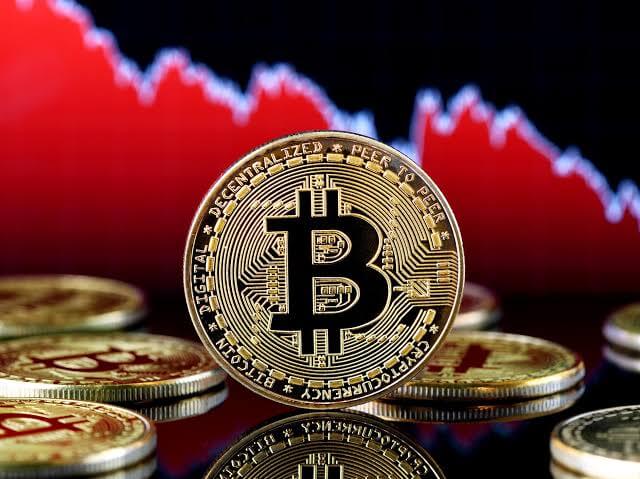Join Our Telegram channel to stay up to date on breaking news coverage
Bitcoin has been billed to have a banner year in 2020. Talk of the halving and increased acceptance of the premier cryptocurrency in daily human life have filled many with optimism that its price could rise, but there’s a new threat to all that hype; doubt from institutional investors.
Institutional investors- such as money management firms, hedge funds, asset managers- have so far proven to be an important part of the Bitcoin space. They drive the adoption of the asset as an investment vehicle, and their transactions with the asset are usually indications of how well it’s doing. Sadly, data is beginning to show that these investors are getting bearish on the asset.
CME Shows Institutional Bearish Attitudes
Every week, the Chicago Mercantile Exchange (CME) publishes a “Commitment of Traders” Report, which shows the position of various firms trading via its network for various assets, including Bitcoin. As the latest data shows, institutional traders are short on Bitcoin, with an aggregate position of -1,250 BTC at the end of the last week of December.
24 – December CME $BTC COT report
Open Interest: 3,541 (down -7.7%) pic.twitter.com/EGsv6VbKif— unfolded. (@cryptounfolded) January 2, 2020
The short position is the lowest that the metric in over a year, and it shows that there’s a lack of confidence in Bitcoin’s chances of growing in value from these firms.
Of course, the importance of institutions’ views can’t be overstated. The surge in the Bitcoin price that was seen in the second quarter of last year could be credited to their activity, as they helped prop the market while retail traders kept their distance from an asset that they believed would never recover from the crypto winter of 2018.
No One Can Agree on Bitcoin’s Prospects
The jury’s still out on whether Bitcoin could have a great year in 2020. Optimists have continued to fixate on the fact that there’s a halving coming, while others have also pointed to the fact that the Bitcoin hash rate is still hitting impressive numbers.
On December 30, popular analyst Dave the Wave explained that while Bitcoin could see some bearish trends in the near term, it would be able to withstand the trend and continue towards profitability in the second quarter of the year.
End of year prediction.
Some consolidation and coiling of price within the symmetrical triangle [1] in the first half of the year followed by a breakout and resistance met in the ascending triangle [2] for the second half of the year. New sustainable ATHs early 2021. pic.twitter.com/ldMTJMAMR7
— dave the wave🌊🌓 (@davthewave) December 30, 2019
As the analyst summarized, Bitcoin could very well surpass its all-time high of nearly $20,000 by 2021. Billionaire asset manager Mike Novogratz also shared his predictions late last month that Bitcoin would end the year with a price peg of $12,000.
2020 prediction #1. @realDonaldTrump loses by more than 10mm votes. #2 $btc finishes over 12k. #3. @USAWrestling wins 3 golds in Tokyo (MF). #4 @tomhanks wins the Oscar for Mr Rodgers. #5 @reform and it’s partners help shrink the ‘supervised’ population from 4.5mm to 4mm or <
— Mike Novogratz (@novogratz) December 28, 2019
However, skeptics have also voiced their opinions on how the asset will behave going forward. One of the most prominent was Meltem Demirors, the Chief Strategy Officer at crypto asset management firm CoinShares, in a December 24 tweet, Demirors explained that although many optimists are pointing to the halving as a catalyst for the great Bitcoin surge, things could still turn out different.
2/ a topic that’s been studied in other commodities markets is how pricing is set. bitcoin is, arguably, a digital commodity.
normally, producers set the price of a commodity (classic S = D = P from Econ 101)
when derivatives take off, producers lose the right to set prices
— Meltem Demirors (@Melt_Dem) December 24, 2019
As Demirors pointed out, the surge in Bitcoin’s price would lead to people wanting to hold it as an investment. So, while its price could rise initially, investors would flock more towards its derivatives products (futures contracts, funds, options, and more). As this happens, miners will lose their ability to set prices, and Bitcoin will eventually stall.
Join Our Telegram channel to stay up to date on breaking news coverage


